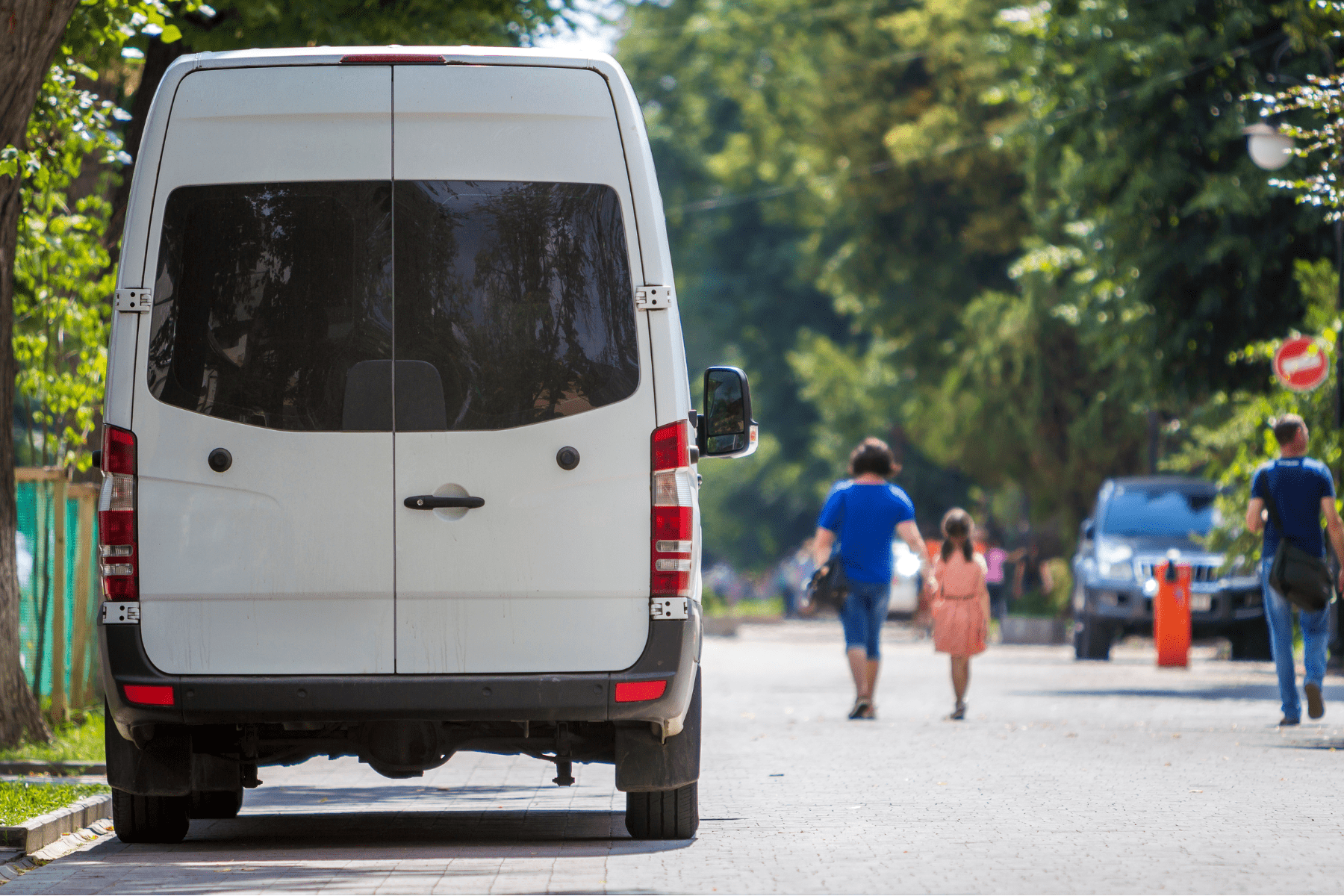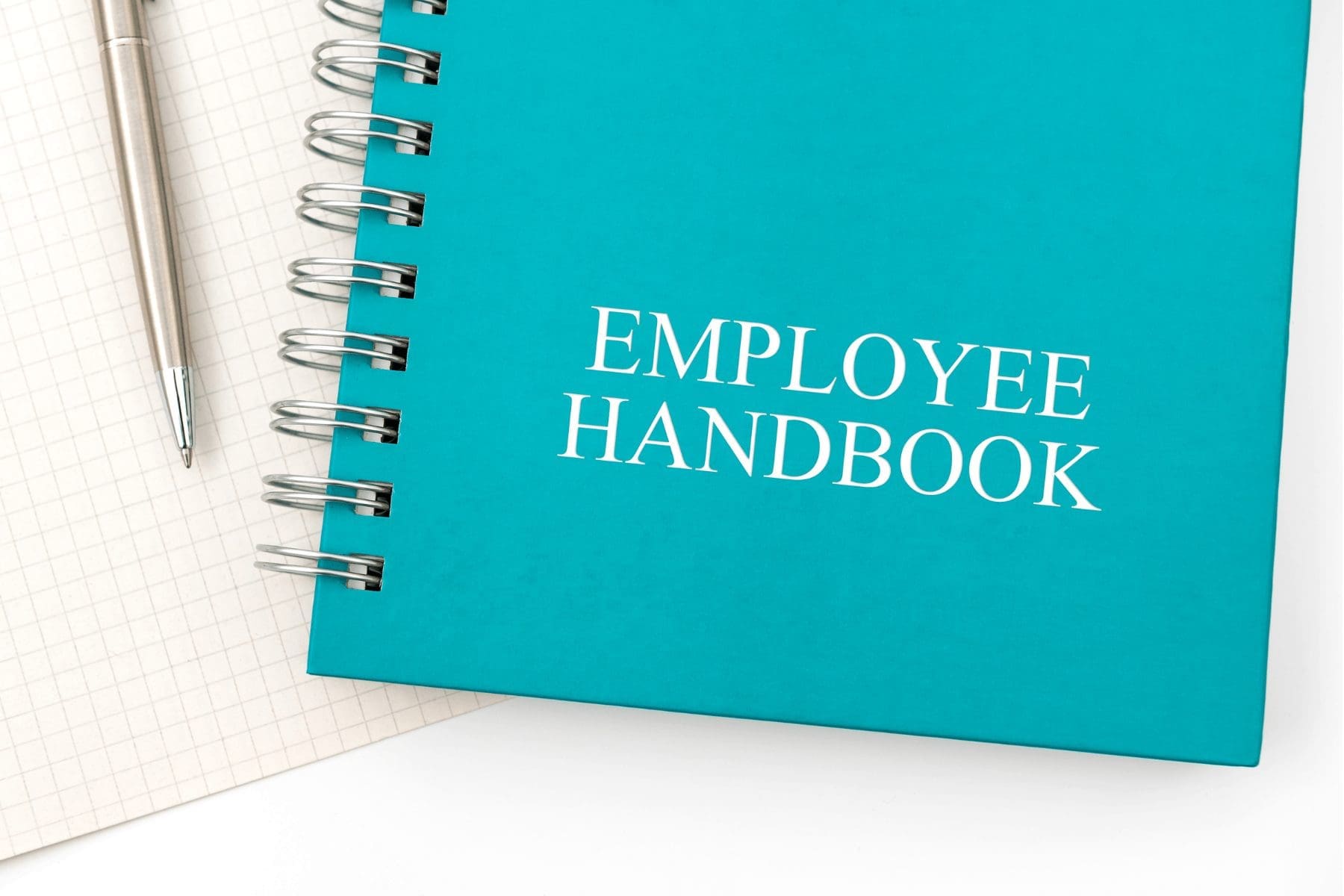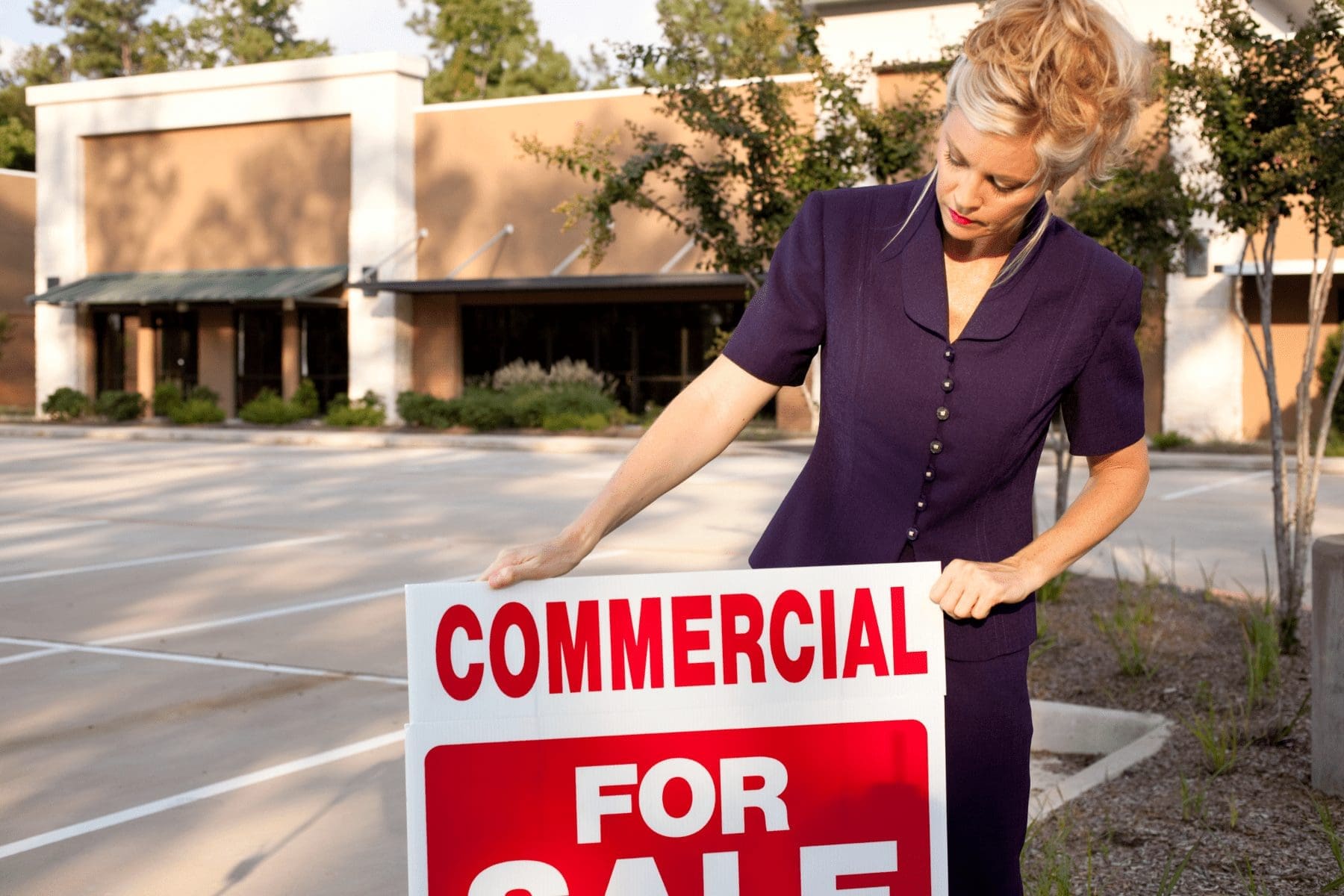When making deliveries, employees could slip, trip, and fall going to a customer’s door; become the victim of a crime (e.g., robberies); or injure themselves or others in an auto accident. If your restaurant is starting a delivery service, it’s critical to keep these risks in mind and take the proper steps to safeguard your employees and prevent potential claims.
Keeping Your Food Delivery Drivers Safe
While delivery services tend to differ slightly from business to business, there are several general considerations to keep in mind when it comes to protecting workers:
- Offer training to employees to help them identify hazards and strategies they can use to stay safe when making deliveries. This could include defensive driving courses and education on responding to robbery situations. Above all, it’s important to reinforce good driving behaviors by reminding drivers to:
- Wear their seat belts at all times.
- Never use cell phones when making a delivery unless they pull off the road and park the vehicle.
- Avoid allowing others to ride in the car with them when making deliveries.
- Obey all traffic laws.
- Sign a safe driving policy.
- Review the motor vehicle records of any employee who operates a company-owned or personal vehicle for business purposes. Delivery drivers must be qualified, have a valid driver’s license, and have an acceptable driving record.
- Secure the proper coverage to protect your business, which can include commercial auto insurance or non-owned automobile liability coverage, depending on your operations. Be sure to review your insurance policies alongside a qualified insurance professional to ensure you have no gaps in coverage.
- Spread deliveries out across multiple drivers. This can help you avoid overwhelming your employees, discouraging them from speeding or driving recklessly to make up for the lost time. For added safety, refrain from making guaranteed delivery times. Rushing deliveries can increase the likelihood of an accident.
- Screen deliveries using caller ID. Not only does this help you trace the location of the customer, but it can also help you maintain delivery records. You should retain a list of all customers, their telephone numbers, and orders.
- Take payments through an online ordering system or over the phone.
- Post signage on the vehicle to deter criminals. For example, signage could read, “Drivers carry limited amounts of cash.” It may also be good to reduce cash exchanges by encouraging customers to use debit or credit cards.
- Leverage technology, like in-car surveillance cameras and GPS systems to monitor drivers and locate them quickly in the event of an incident. Drivers should also have cell phones they can use to contact your restaurant or alert the authorities in emergencies.
- Refrain from making late-night deliveries, as your employees may be especially vulnerable to crime.
Safety takes employers’ and drivers’ combined effort when it comes to food delivery services. It’s important to work with your employees to craft and communicate policies around making deliveries—supplementing workplace procedures with the proper training to ensure drivers stay on the road.
When making deliveries, employees could slip, trip, and fall going to a customer’s door; become the victim of a crime (e.g., robberies); or injure themselves or others in an auto accident. If your restaurant is starting a delivery service, it’s critical to keep these risks in mind and take the proper steps to safeguard your employees and prevent potential claims.
Keeping Your Food Delivery Drivers Safe
While delivery services tend to differ slightly from business to business, there are several general considerations to keep in mind when it comes to protecting workers:
- Offer training to employees to help them identify hazards and strategies they can use to stay safe when making deliveries. This could include defensive driving courses and education on responding to robbery situations. Above all, it’s important to reinforce good driving behaviors by reminding drivers to:
- Wear their seat belts at all times.
- Never use cell phones when making a delivery unless they pull off the road and park the vehicle.
- Avoid allowing others to ride in the car with them when making deliveries.
- Obey all traffic laws.
- Sign a safe driving policy.
- Review the motor vehicle records of any employee who operates a company-owned or personal vehicle for business purposes. Delivery drivers must be qualified, have a valid driver’s license, and have an acceptable driving record.
- Secure the proper coverage to protect your business, which can include commercial auto insurance or non-owned automobile liability coverage, depending on your operations. Be sure to review your insurance policies alongside a qualified insurance professional to ensure you have no gaps in coverage.
- Spread deliveries out across multiple drivers. This can help you avoid overwhelming your employees, discouraging them from speeding or driving recklessly to make up for the lost time. For added safety, refrain from making guaranteed delivery times. Rushing deliveries can increase the likelihood of an accident.
- Screen deliveries using caller ID. Not only does this help you trace the location of the customer, but it can also help you maintain delivery records. You should retain a list of all customers, their telephone numbers, and orders.
- Take payments through an online ordering system or over the phone.
- Post signage on the vehicle to deter criminals. For example, signage could read, “Drivers carry limited amounts of cash.” It may also be good to reduce cash exchanges by encouraging customers to use debit or credit cards.
- Leverage technology, like in-car surveillance cameras and GPS systems to monitor drivers and locate them quickly in the event of an incident. Drivers should also have cell phones they can use to contact your restaurant or alert the authorities in emergencies.
- Refrain from making late-night deliveries, as your employees may be especially vulnerable to crime.
Safety takes employers’ and drivers’ combined effort when it comes to food delivery services. It’s important to work with your employees to craft and communicate policies around making deliveries—supplementing workplace procedures with the proper training to ensure drivers stay on the road.
The Last Word
Even if you take every reasonable precaution, accidents will still happen. In those instances, it’s critical that your business is armed with proper insurance. Contact an InsureGood Advisor today to learn more.





